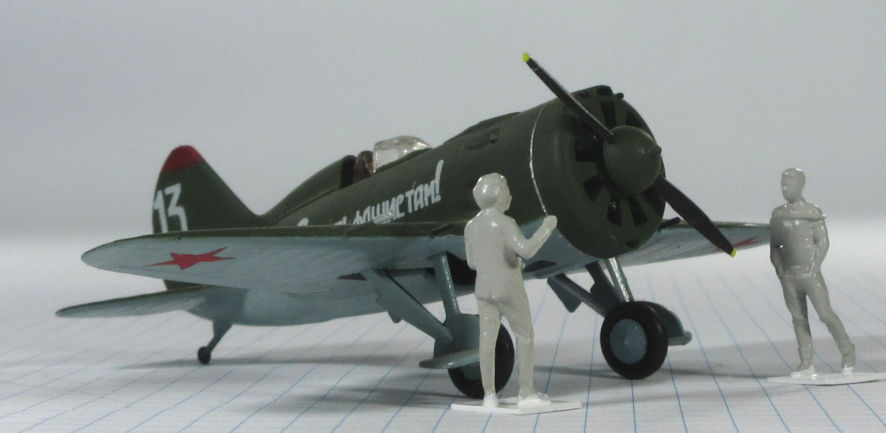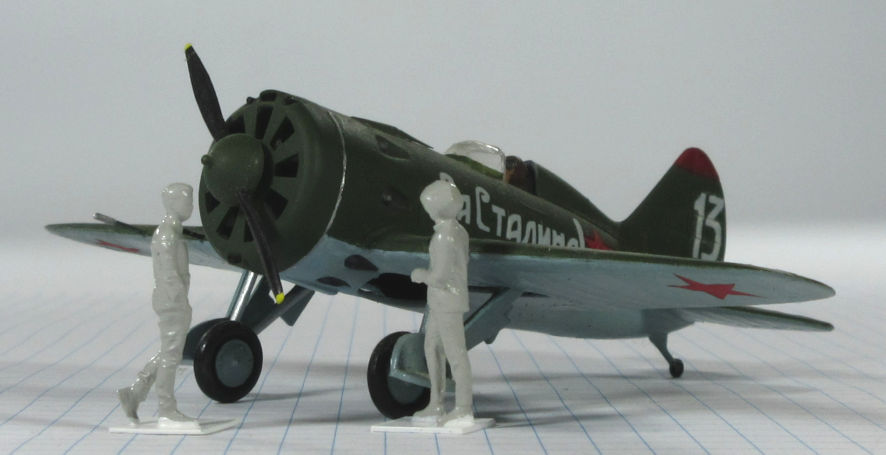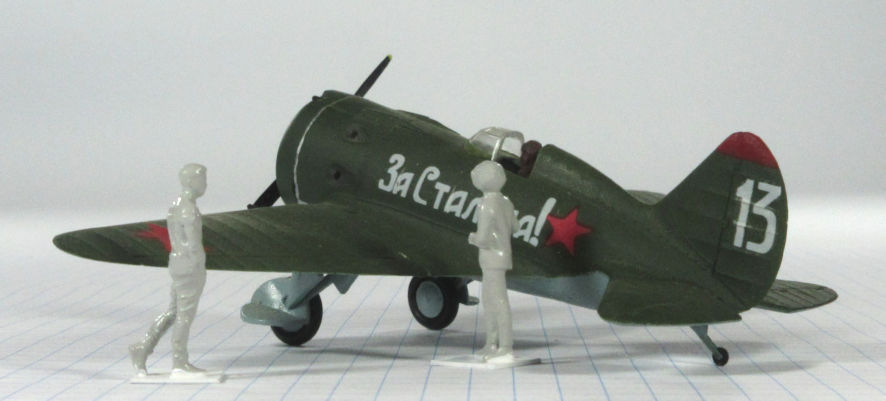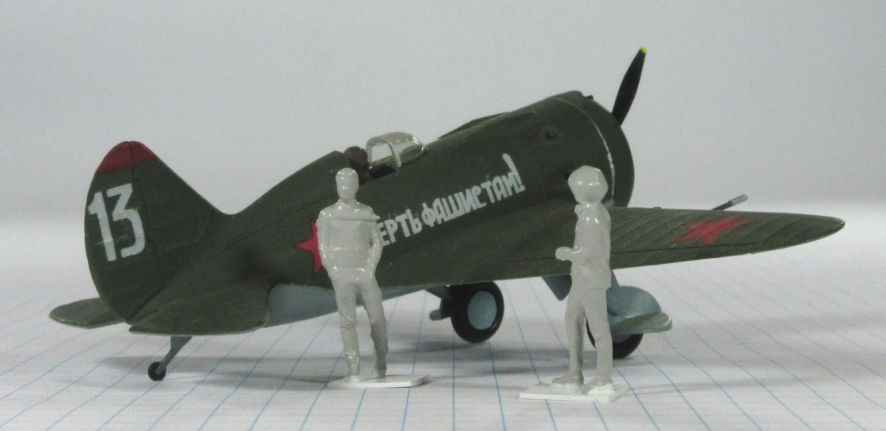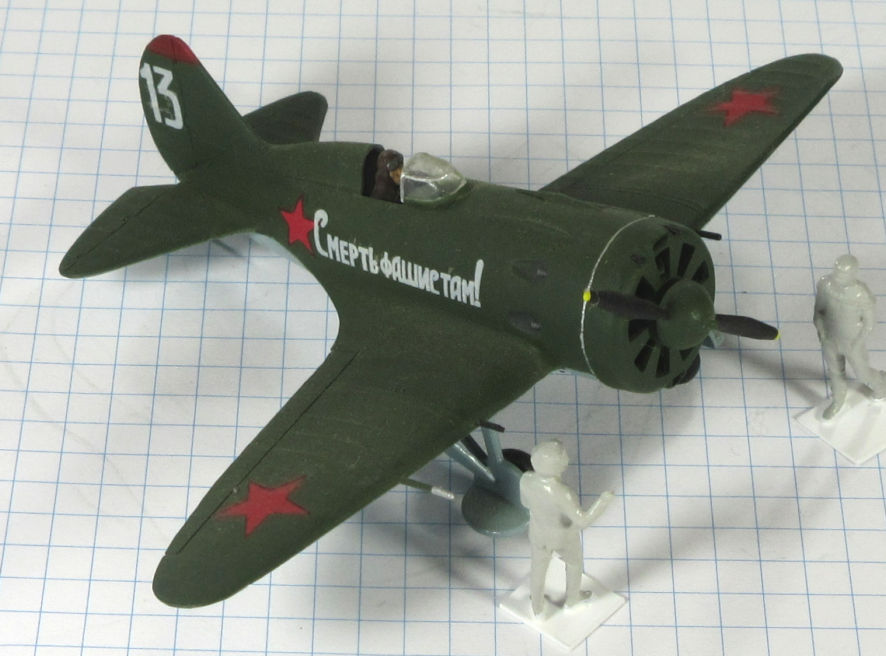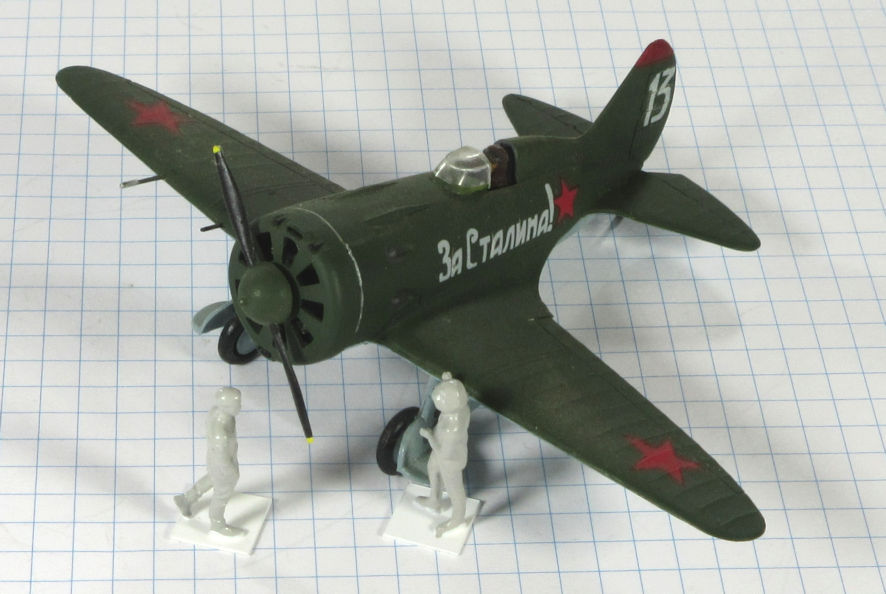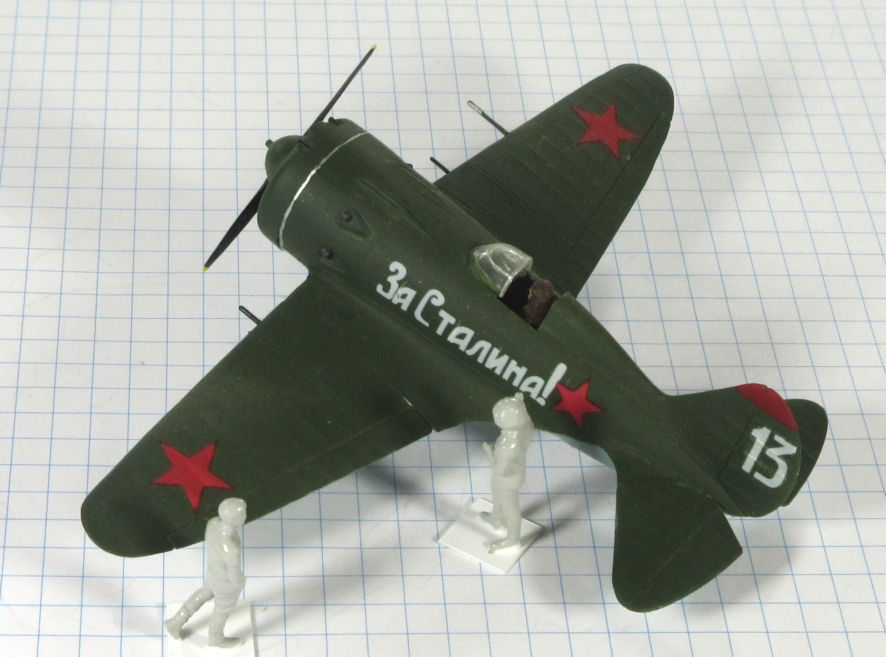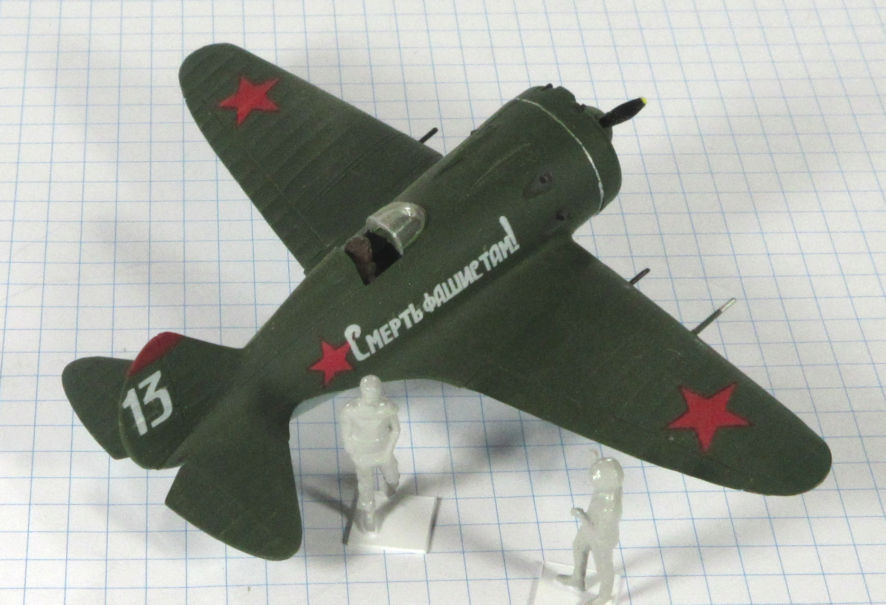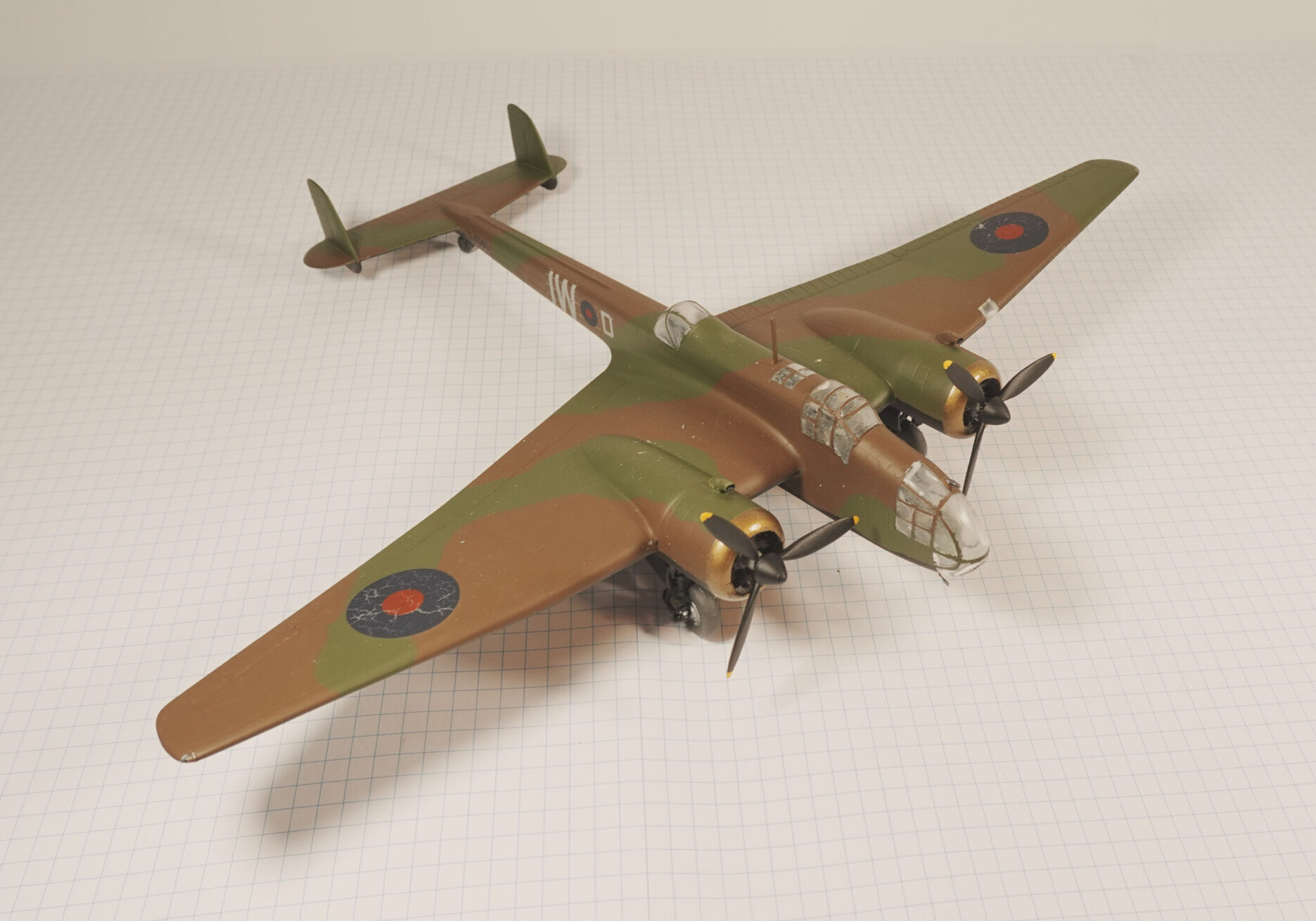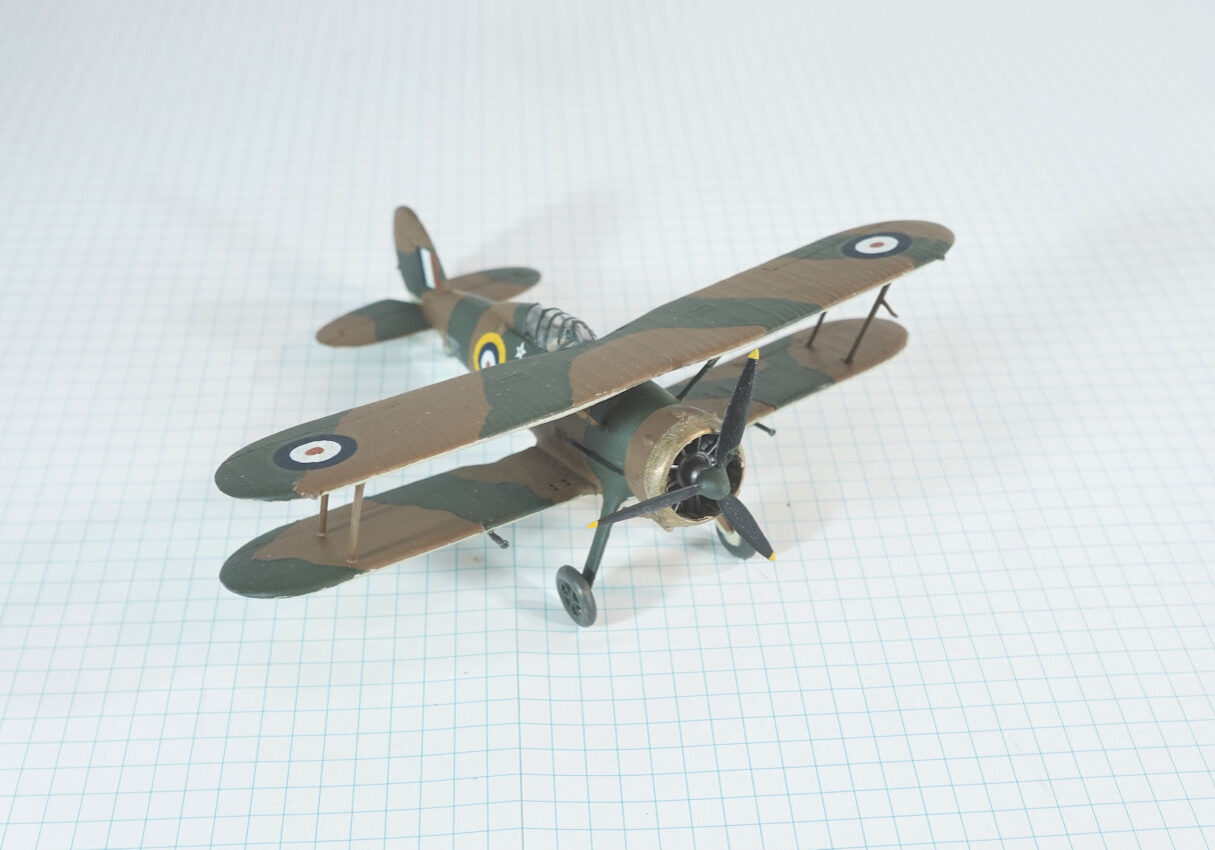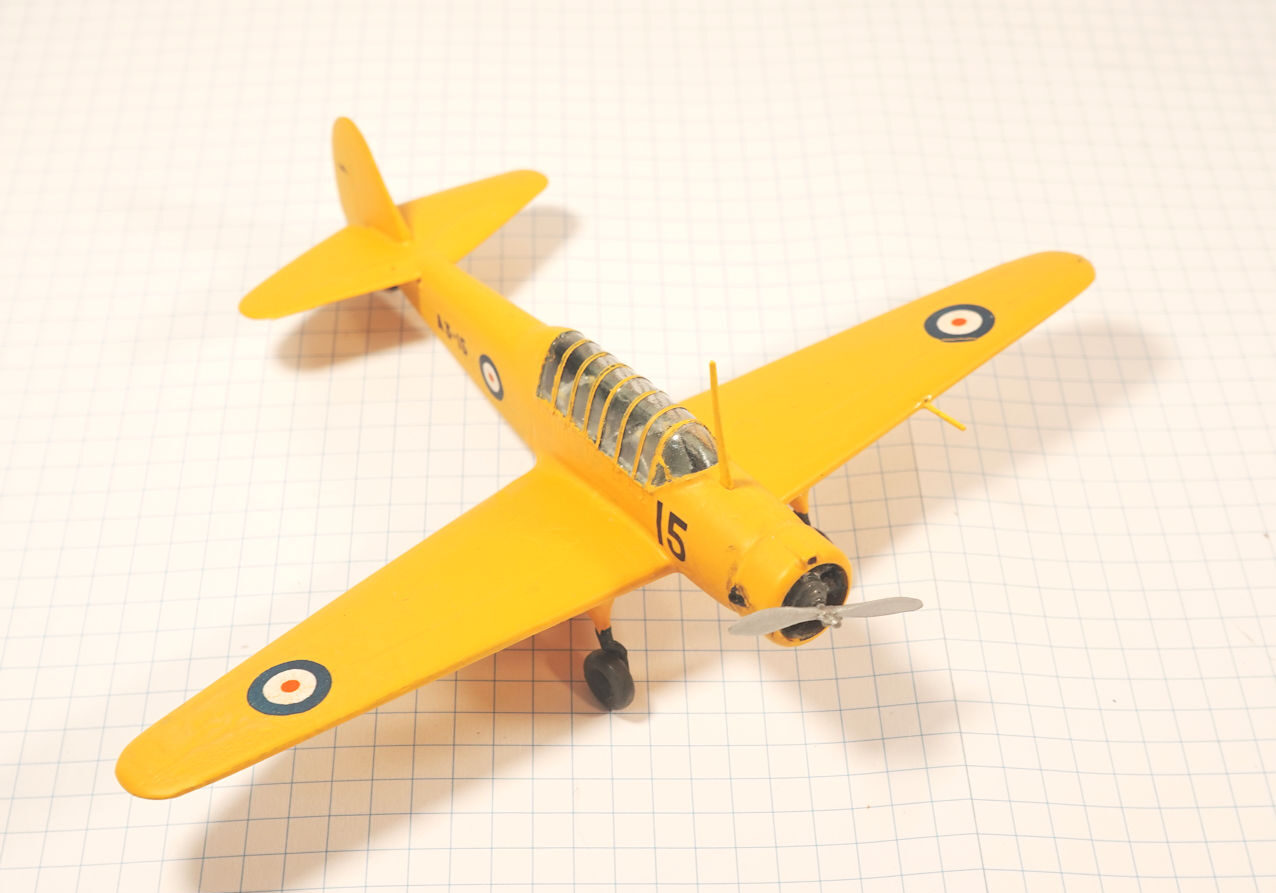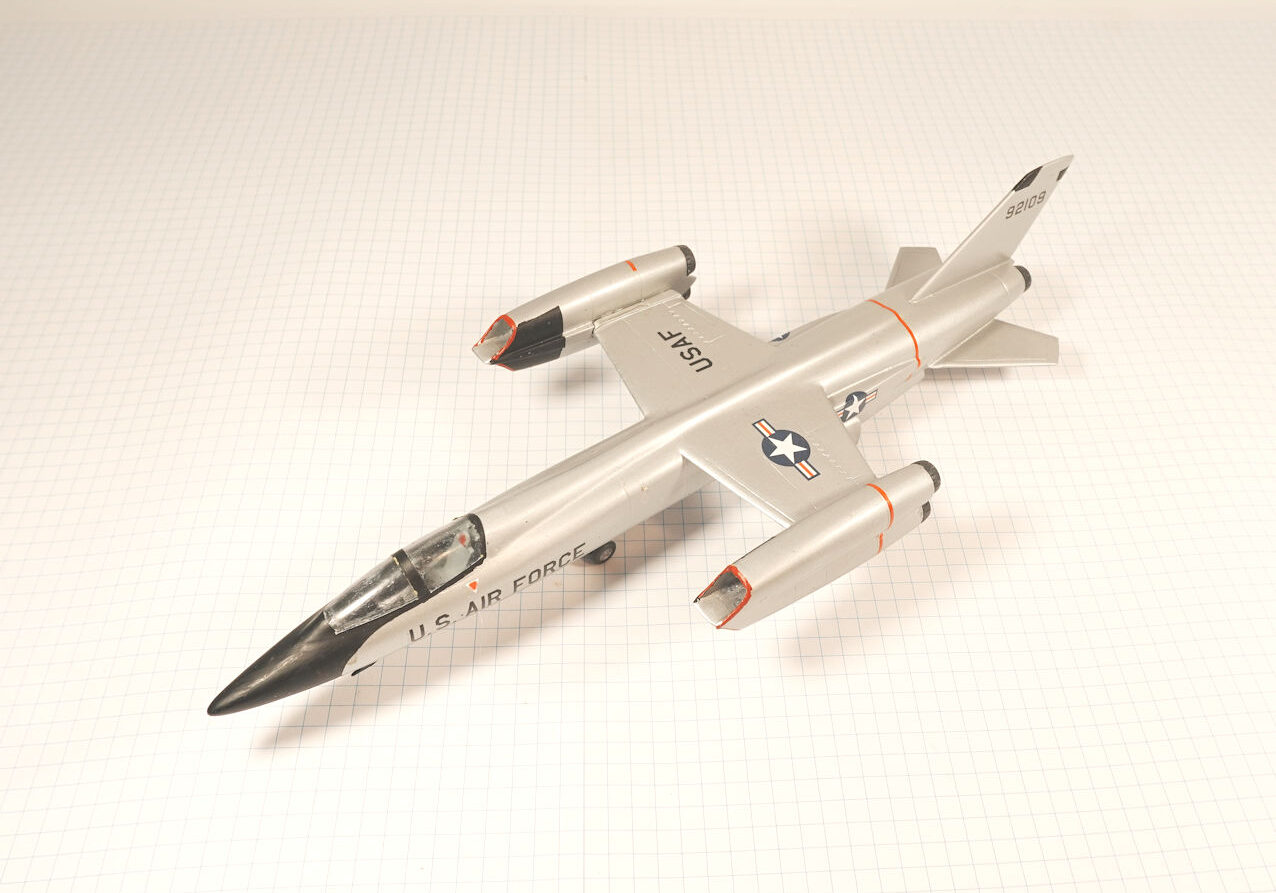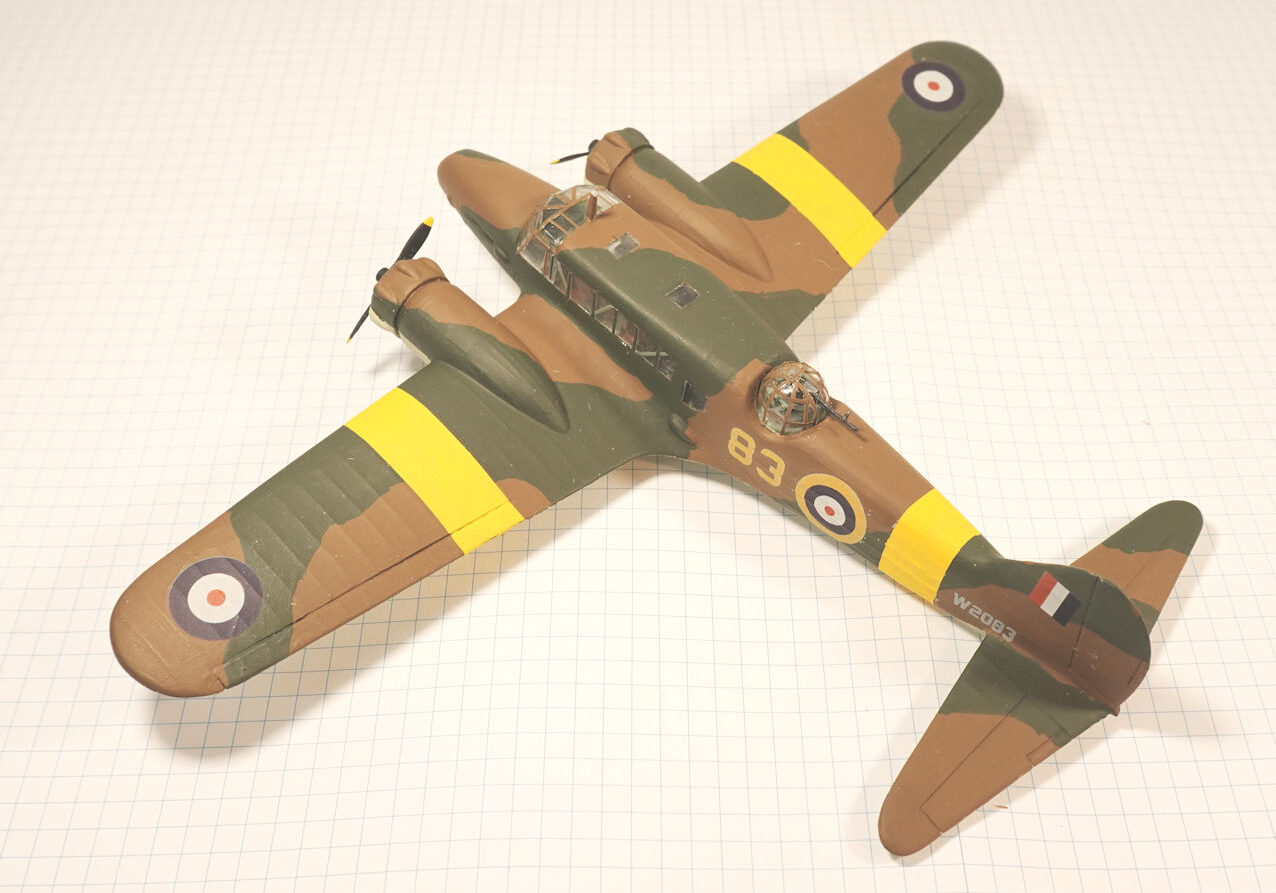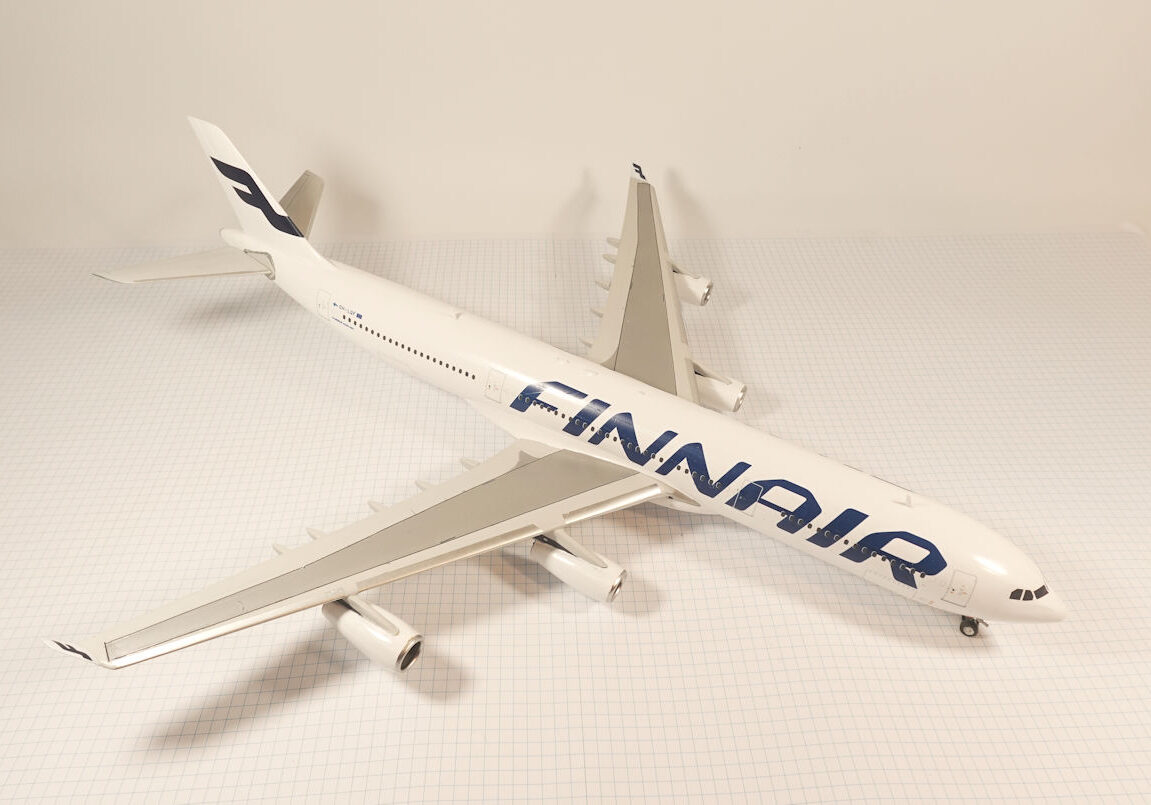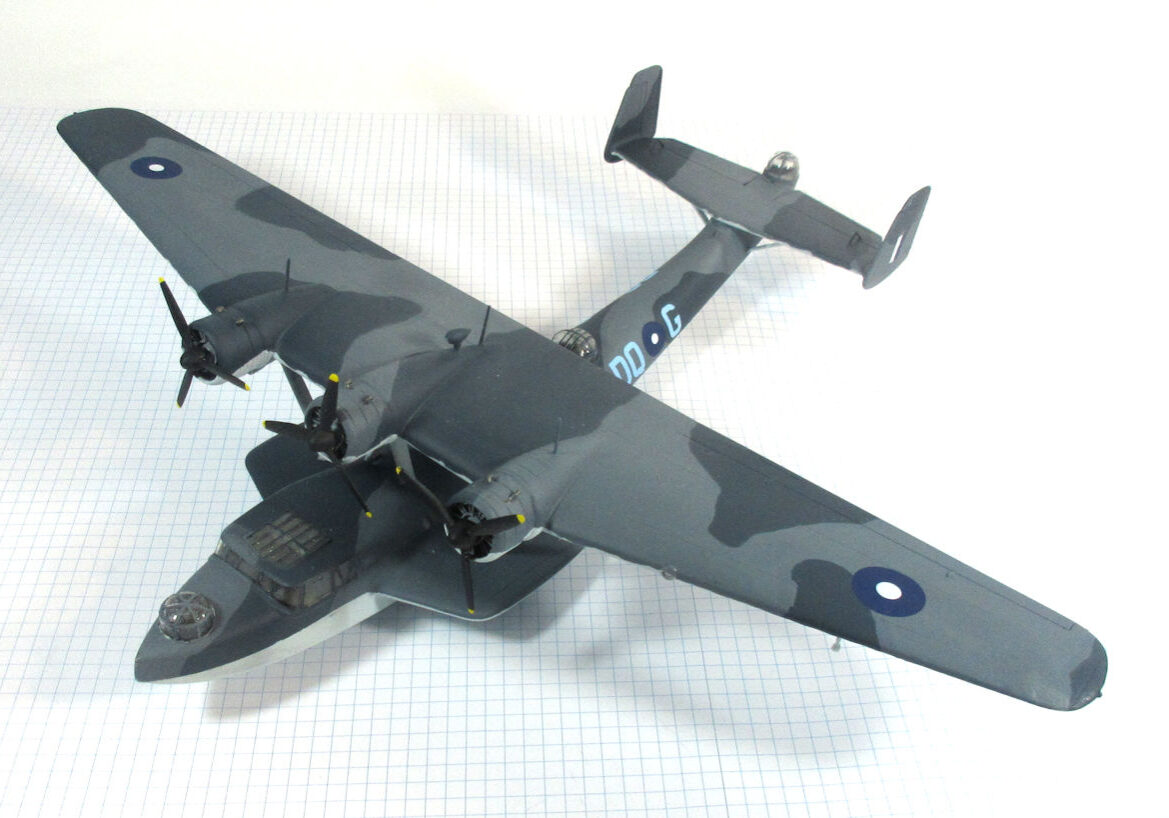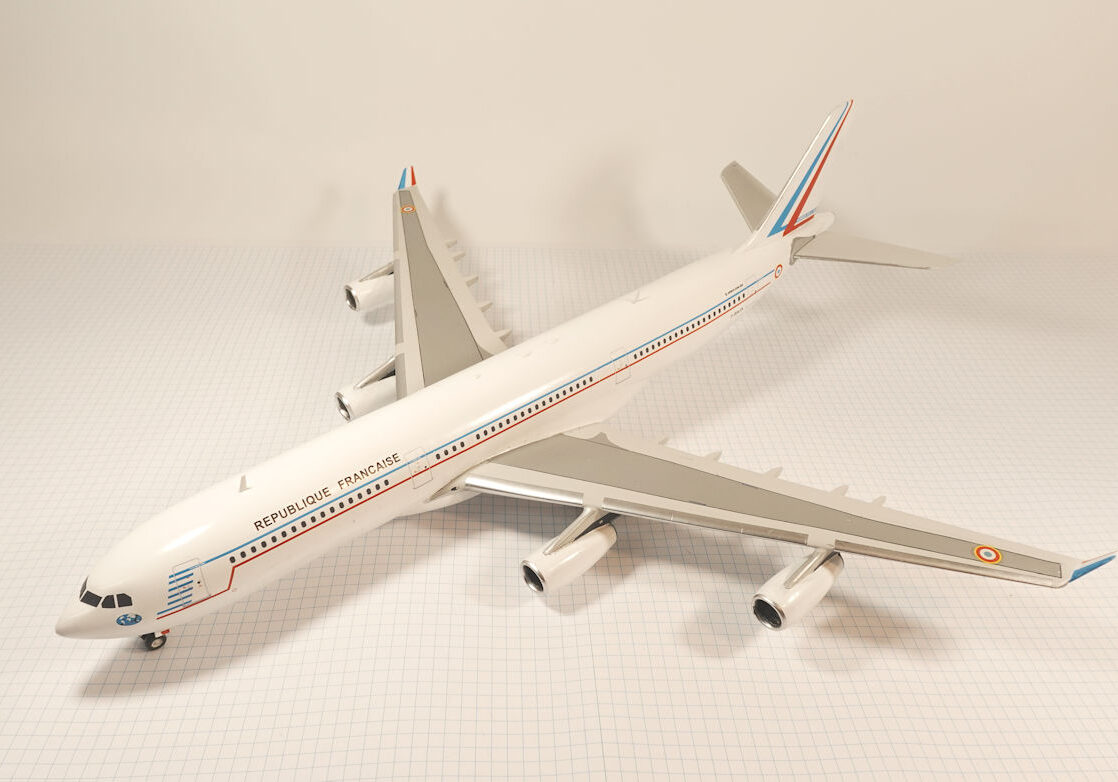History
The I-16 was a Soviet fighter developed in 1933. It was the world’s first low wing monoplane fighter with retractable undercarriage to attain operational status.
Its design set the trend for what would be considered a modern fighter in the 1930s.
The fighter formed the backbone of the Soviet air forces at the start of WW2.
Prior to this it had been used in the Sino-Japanese war, the battle of Khalkhin Gol, the Winter War and the Spanish civil war.
While working on the I-15 biplane, Polikarpov designed an advanced fighter with radical features such as retractable undercarriage and an enclosed cockpit.
The wings featured full length ailerons and the leading edges were metal covered.
The first mass produced version became the world’s fastest fighter
By 1939, the I-16 had reached the end of its potential. It had been produced in more than 25 versions including two-seat trainers.
From 1937, with the appearance of the BF109, the I-16 had been progressively outclassed.
Matchbox 1/72 kit completed by Steve Pulbrook in 1996.
